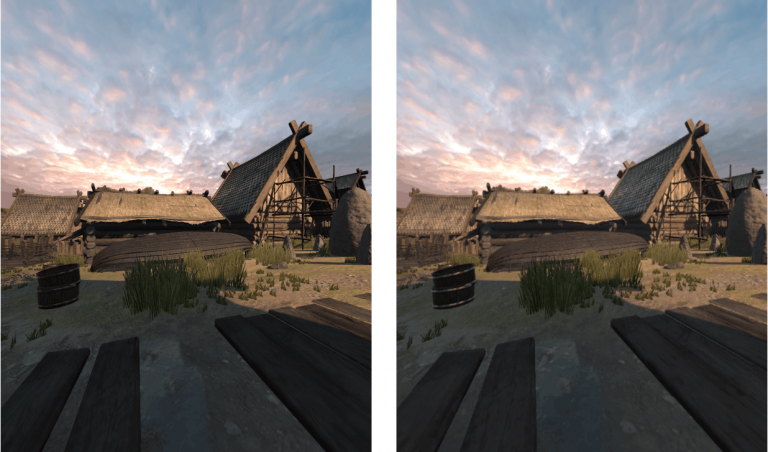The dream of virtual reality has become a tangible development over the past few years. From the more than obvious gaming to education and commercial businesses, the pure potential that virtual reality brings to the table is limitless. But there is a major flaw in the progression of its development. Virtual reality through devices such as Oculus Rift and HTC Vive require a large amount of processing. In fact, if the price of the device itself wasn’t enough to break the bank for the average consumer, operating a computer that can run it definitely will.
So more inventive means were created. Virtual reality reached the mobile platform with the use of Google Cardboard and Samsung’s Gear VR. Even with the availability extended across cheaper devices, the smartphones that can run the applications still cost a pretty penny.

Fortunately for the commonplace consumer, Microsoft Research might be throwing their hat in the ring. A reader over at Neowin.net stumbled across a new Microsoft Research Paper collaborating with Rice University. The project is called Flashback: Immersive Virtual Reality on Mobile Devices via Rendering Momoization.
According to the document, Microsoft has found their own means to matching the high demand of virtual reality with the low quality of resources available. With Microsoft’s Flashback for mobile phones, research shows huge improvements resources. Compared to alternatives, Flashback boasted an 8x better framerate, 97x less energy usage, and 15x latency reduction.
The reason for the drastic change is all about perspective. Unlike others that render 3D objects in real time, Flashback pre-renders the objects in space by storing compressed frames of every angle. Whenever the user looks at the 3D object in Microsoft’s Flashback, they are essentially looking at an already saved image of it. Furthermore, the device only renders what the user can see from that perspective, eliminating the massive amount of unnecessary environment surrounding it.
With severe limitations in regards to size and compression of files, the research paper reveals that they have a long way to go before it is perfected. While Microsoft Research’s Flashback is still only in development, it proves to be setting the bar for more affordable virtual reality devices.
For more detailed information about Microsoft Flashback, read the publication.



